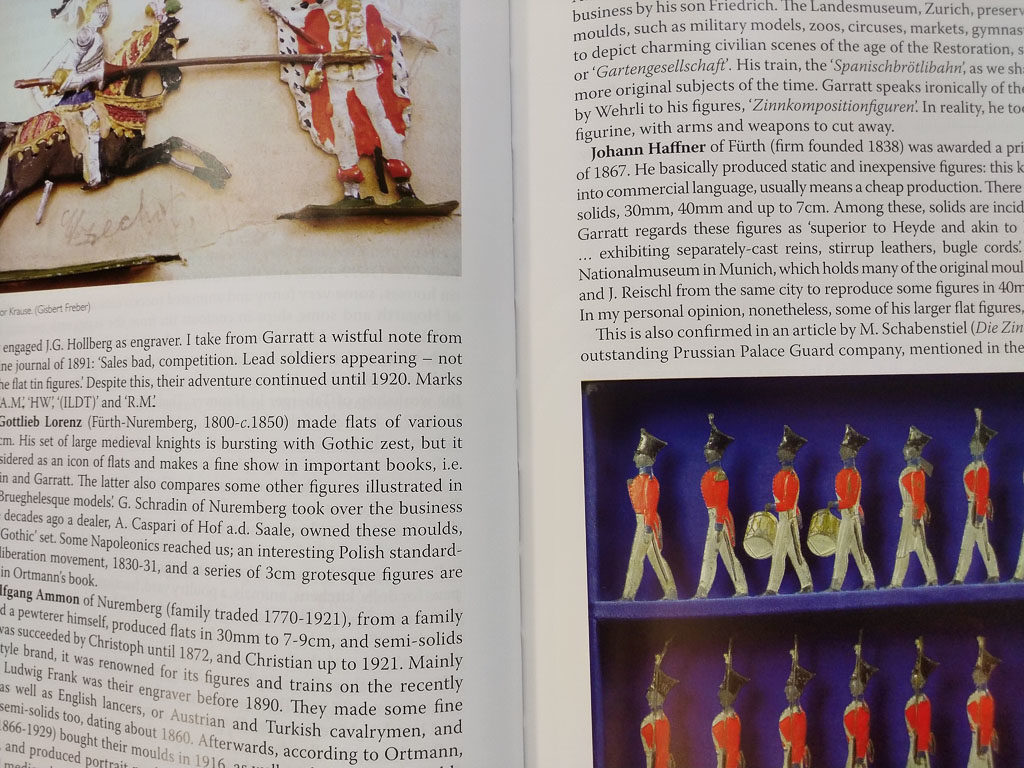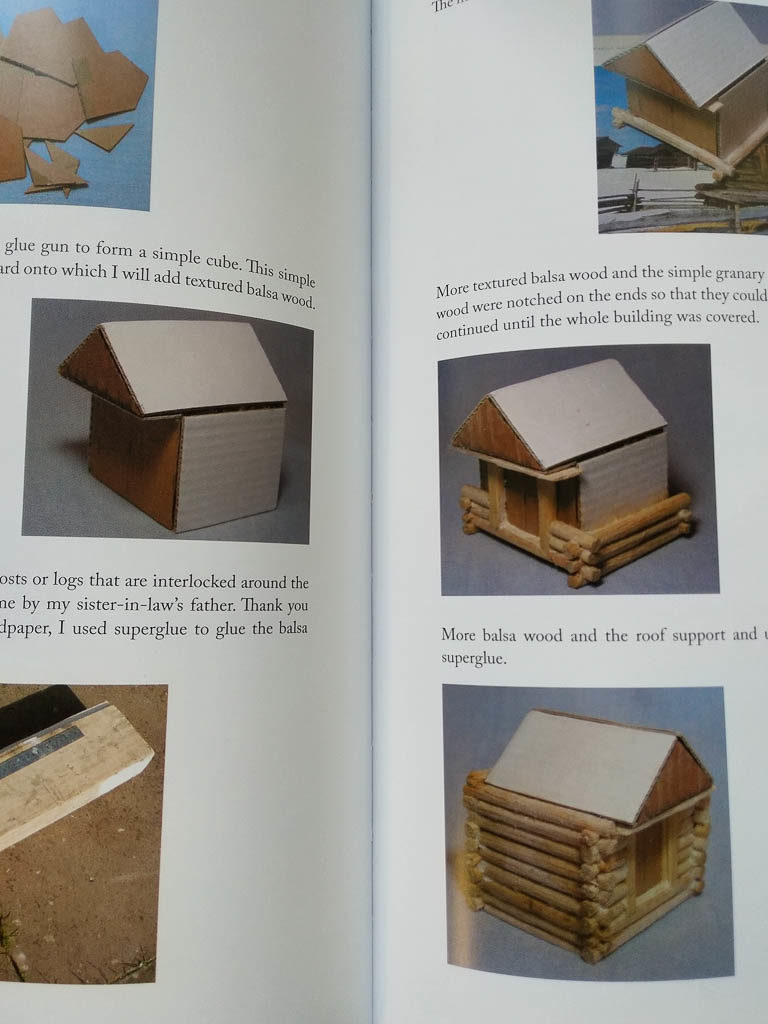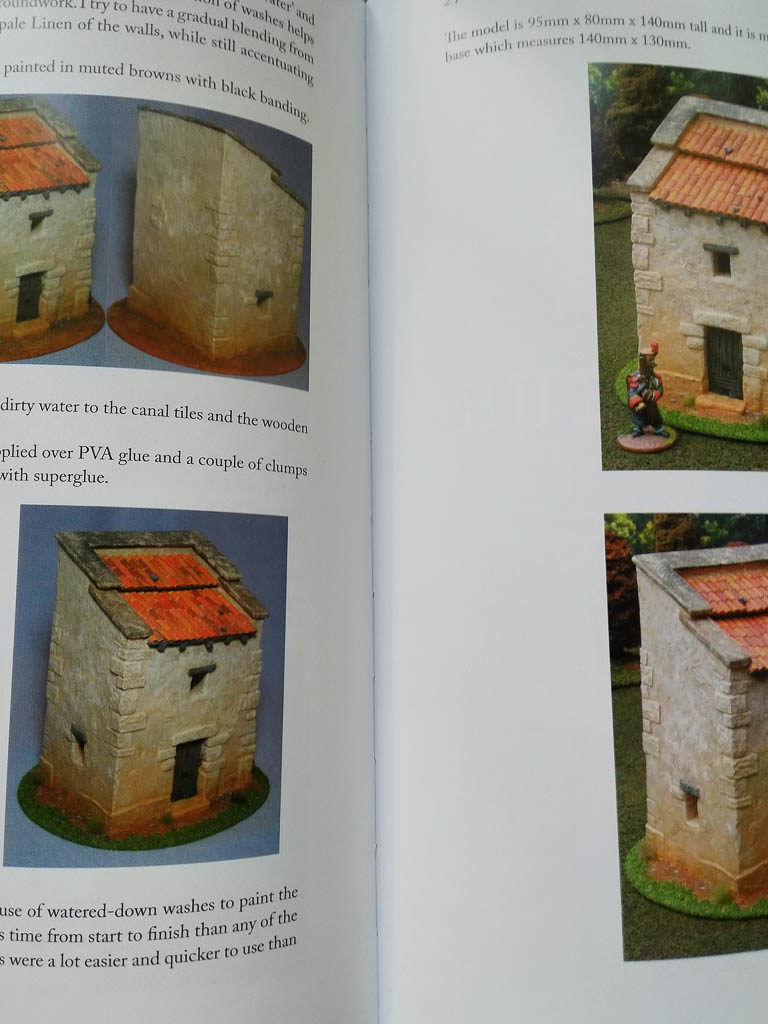
The History of Toy Soldiers
by Luigi Toiati
From Pen and Sword Books
On Amazon: The History of Toy Soldiers (affiliate link)
The origins of toy soldiers (as opposed to religious or funerary artifacts) extends back to at least ancient Rome. In The History of Toy Soldiers, author Luigi Toiati takes the reader on a journey from Rome to present day, exploring the seemingly endless variety of figures available to both collectors and gamers.
In The History of Toy Soldiers, I discovered a bewildering variety of figure types and materials: flats, tins, paper, paper-mache, clay, hollow-cast, composition, wood and plastic. The subjects are mostly soldiers, but also nativity scenes, ballroom dancers, polar expeditions, royalty and bands. Some of the brands are familiar, such as Britians, Marx, Elastolin, Taimiya, Matchbox, Atlantic and Airfix. Others are completely obscure to all but the most avid of collectors
One manufacturer that caught my eye was CBG-Mignot, a company which began in 1838, and through various incarnations still remains. The company is said to have 20,000 molds, producing four different sizes of figures.

In addition to detailing the history of different manufacturers, author Luigi Toiati discusses the social background of the toy soldiers. One discussion revolved around why 18th century Prussia seems to have been the origin of the “modern” toy soldier.
The first modern toy soldier was born in Prussia, now part of Germany, in the first half of the 1700s.
What do I mean by modern? A toy soldier made to play with: an original marketing experience.
In my opinion, it is not by chance both flat and in tin — or better, in soft metal alloy. I think in fact that two elements, irrational and rational come into play.
On the one hand, it is flat because for centuries, children played with flat figures: True toy soldiers in the Roman Empire, then pilgrim’s badges in place of them in the Middle Ages. It was so to speak taken for granted that figures to play with as well as toy soldiers would in general be flat.
On the other hand, both the Roman Empire and Prussia were rich in tin, lead and other metals …
…I think that the birth of flat tin soldiers in Prussia around 1730 lies in an odd pot-pourri whose ingredients are: Frederick The Great, kitchen wear, uniforms, conscription and paper …
from The History of Toy Soldiers
Later, Toiati writes about the “dark side” of the toys
… the success of flat figures had its dark side, and a huge price was paid in terms of cheap labour employed, women and children as well as men. For many decades labourers were tired out by a working day lasting sixteen hours. Workshop labourers suffered from Pyorrhoea and lead poisoning …
from The History of Toy Soldiers
The discussions are quite interesting and move The History of Toy Soldiers from being a mere catalog of manufacturers and product to a true “history.”
The History of Toy Soldiers is lavishly produced, with full color photographs of toy soldiers on nearly every one of its 620 pages. The writing is easy to follow, and written from the perspective of a life-long collector. Toiati is very obviously someone who is completely head-over-heels in love with his toy soldiers.

In fact, Tioati is a toy soldier professional, having spent 45 years in the field. A professional painter, he worked for Edward Suren, producer of the Willy line. In 1987, he launched his own brand, Garibaldi & Company.
I actually suggest not reading the book from cover to cover, but instead opening it, picking a random page and reading about the figures that appear. It is a great journey of exploration — and one that should provide much entertainment to anyone interested in toy soldiers.
If you know someone who loves toy soldiers, this would be a great choice for a gift.



